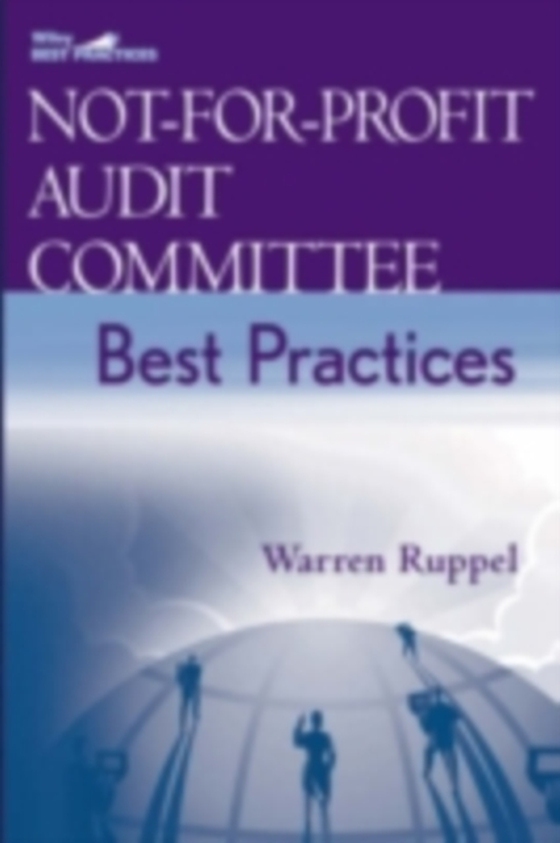
Not-for-Profit Audit Committee Best Practices e-bog
774,44 DKK
(ekskl. moms 619,55 DKK)
How can not-for-profit organizations be sure they play by the rules when the rules aren't clear? Due to recent, very public accounting scandals and the resulting Sarbanes-Oxley Act and other regulations, public companies have strict guidance on financial governance and accounting, including the functions and responsibilities of audit committee members. Though not-for-profit organizations are s...
E-bog
774,44 DKK
Forlag
Wiley
Udgivet
10 februar 2006
Genrer
Management accounting, bookkeeping and auditing
Sprog
English
Format
pdf
Beskyttelse
LCP
ISBN
9780471770169
How can not-for-profit organizations be sure they play by the rules when the rules aren't clear? Due to recent, very public accounting scandals and the resulting Sarbanes-Oxley Act and other regulations, public companies have strict guidance on financial governance and accounting, including the functions and responsibilities of audit committee members. Though not-for-profit organizations are subject to increased scrutiny, there has been no detailed guidance for their audit committees. This book fills the void and helps not-for-profit organizations answer these questions: * In today's skeptical environment, how can responsible financial governance and reporting reassure wary donors and supporters, and perhaps give the organization a competitive advantage? * How should the audit committee be structured? * Which Sarbanes-Oxley requirements (if any) should the audit committee adopt? * Which best practices best fit the organization's structure and financial reporting needs? Complete with checklists, sample questions, and an index for quick reference, Not-for-Profit Audit Committee Best Practices covers: * Different types and unique characteristics of not-for-profit organizations * The audit committee's role in preventing and detecting fraud * Important internal controls and the internal audit function * The relationship of the audit committee and the independent auditor This heads-up, hands-on guide helps audit committee members select and structure appropriate best practices and function in the most effective manner for their unique not-for-profit organizations. It's also a valuable reference for board members, managers, independent auditors, and advisors of not-for-profit organizations.
 Dansk
Dansk

